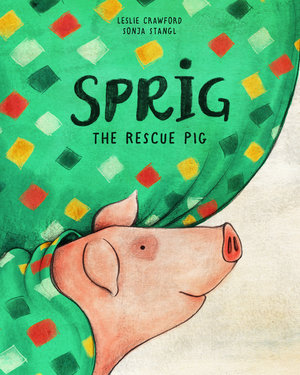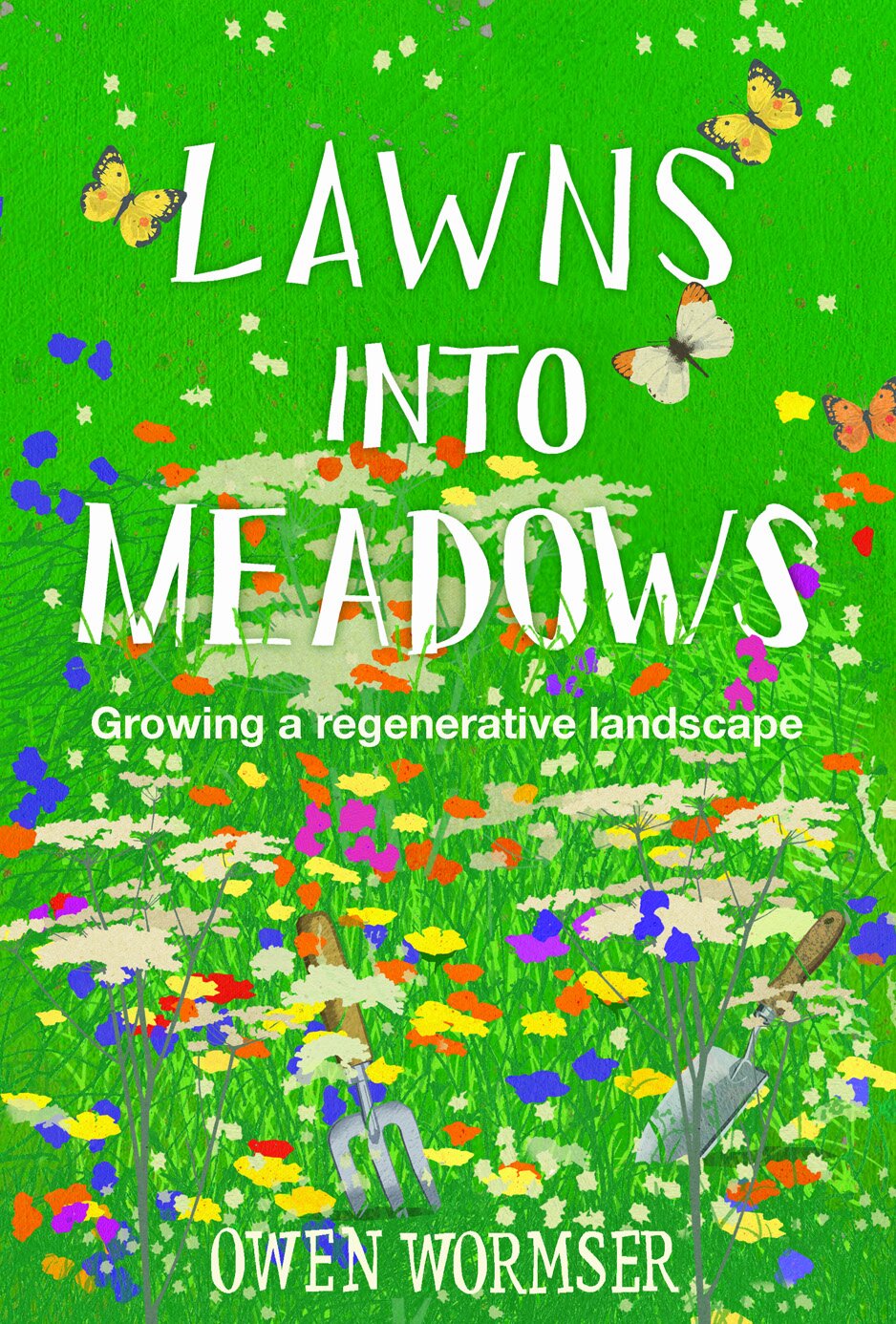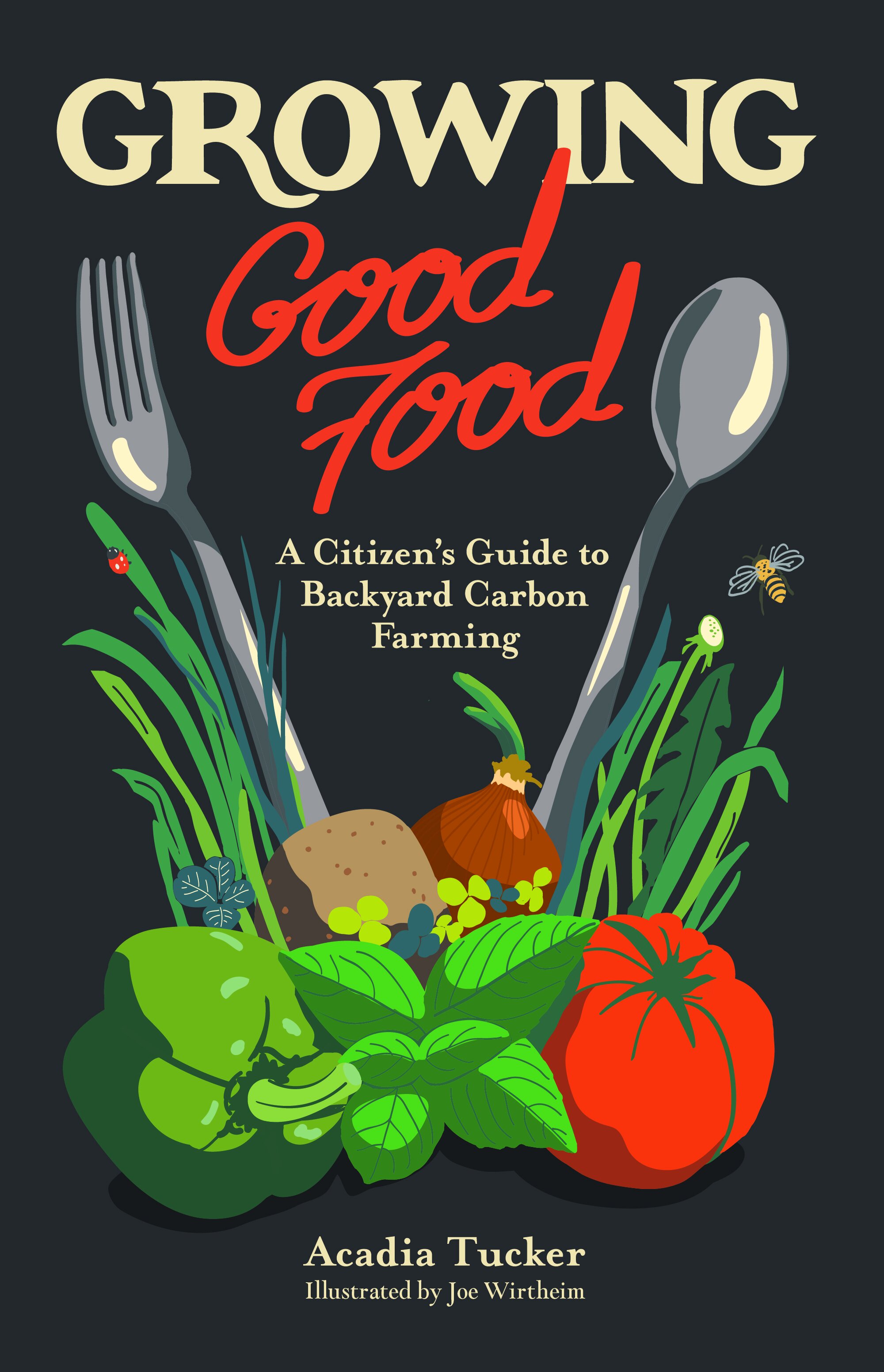Top children's books with an environmental message
Dr. Seuss wrote the story of The Lorax, “who speaks for the trees,” in 1971. It has gone on to sell more than 200 million books.
This book list sprang out of a recent conversation with friends who regularly visit classrooms on behalf of the Factory Farming Awareness Coalition. The org’s goal is to get kids, and adults, thinking about ways to build a more humane and environmentally sound food system. Teachers sometimes ask for recommendations of good children’s books with an environmental message, which is where we came in.
To come up with a list, we asked children’s librarians, independent bookstore owners, and children’s book reviewers for recommendations. The suggestions they shared, from The Lorax to Gaia Girls Enter the Earth, amount to a great starting point for curious young people hoping to learn more about the world around them.
We’d love to continue building out our list of good books with an environmental message. Please add any new considerations to the comments section, or email us at hello@stonepierpress.org.
- Jazmine Velasquez and Katie Ketchum
Kindergarten-3rd
Me...Jane, by Patrick McDonnell (4 to 8)
The inspiring story of young Jane Goodall, the legendary and inspiring conservationist. As the young Jane observes the natural world around her with wonder, she dreams of "a life living with and helping all animals." Drawing anecdotes from her life, McDonnell makes her story accessible for the very young.
Compost Stew: An A to Z Recipe for the Earth, by Mary McKenna Siddals (3 to 7)
Not only is composting becoming more common in households and residential gardens, but many school gardens feature compost piles, too. But how do you start a compost pile? What’s safe to include? This book provides the answers for kids and families looking for simple, child-friendly ways to help the planet.
Kate, Who Tamed the Wind, by Liz Garton Scanlon (4 to 6)
Award-winning author Liz Garton Scanlon presents a young, rhythmic read-aloud about a girl who solves a windy problem with an environmentally sound solution: planting trees.
Rachel Carson and Her Book that Changed the World, by Laurie Lawlor (6 to 9)
A biography of the pioneering environmentalist. "Once you are aware of the wonder and beauty of earth, you will want to learn about it," wrote Rachel Carson, who wrote Silent Spring, the book that woke people up to the harmful impact of humans on our planet. An Outstanding Science Trade Book (2013).
E-I-E-I-O: How Old MacDonald Got His Farm With a Little Help From a Hen, by Judy Sierra (4 to 8)
Once upon a time, Old MacDonald didn’t have a farm. He just had a yard — a yard he didn’t want to mow. But under the direction of the wise (and ecologically sensitive) Little Red Hen, Mac learns to look at the environment in a new way, and his world starts to bloom with the help of some mud, garbage, horse poop, and worms. A nice story for armchair gardeners and locavores of all sizes.
Seeds of Change: Wangarie’s Gift to the World, by Jen Cullerto Johnson (5 to 9)
Brings to life the empowering story of Wangari Maathai, the first African woman, and environmentalist, to win a Nobel Peace Prize. Wangari blazed a trail across Kenya, using her knowledge and compassion to promote the rights of her country women and to help save the land, one tree at a time.
Gwen the Rescue Hen and Sprig the Rescue Pig, by Leslie Crawford (4 to 8)
Two different books about kindness, inspired by true stories about farm animals. Gwen, the hen, is freed when a tornado rips off the roof of the building where she’s housed. For the first time she can fly! A little. She soon meets a boy named Mateo, who gains her trust and sets up a coop for her in his backyard. Sprig’s story begins with a leap off a farm delivery truck, launching an adventure that leads him to his new best friend, a girl named Rory. The books include bonus sections where readers learn fun facts about chickens (they’re good at math!) and pigs (they can play video games!). “Delightful,” writes Kiera Parrott, School Library Journal. “A gentle first entry into animal rights that will inspire young readers to think critically about the meat we consume and how farm animals are treated.”
Galapagos Girl/Galapaguena, by Marsha Diane Arnold (4 to 8)
As a Galapagueña, Valentina greets sea lions splashing on the shore and swims with manta rays. But she also understands the fragility of this world, and makes a promise to protect the islands. This bilingual story was inspired by Valentina Cruz, whose family was among the first permanent inhabitants of the Galápagos. Valentina is now a biologist who has dedicated her life to the conservation of the islands.
The Magic School Bus and the Climate Challenge, by Joanna Cole & Bruce Degen (6 to 9)
Ms. Frizzle boils information about climate change into a set of scientific facts. With simplicity and wit, Joanna Cole explains why the Earth is getting warmer, and Bruce Degen’s bright, action-filled illustrations make the science easy to understand.
The Salamander Room, by Anne Mazer (4 to 8)
A boy finds a salamander in the woods and imagines the many things he can do to turn his room into a perfect salamander home. The beautifully illustrated book highlights the interconnectedness of plant and animal life.
One Plastic Bag: Isatou Ceesay and the Recycling Women of the Gambiam, by Miranda Paul (5 to 9)
The true story of how one African woman began a movement to recycle the plastic bags that were polluting her community. After Ceesay realized the goats in her village were dying because they were eating plastic bags, she figured out how to use crochet to make purses out of the plastic bags.
Grades 3rd-5th
The Good Garden, by Katie Smith Milway (8 to 12)
María Luz, who lives in Honduras, is suddenly put in charge of planting and tending her family’s winter garden. She’s taught fresh ideas for how to feed the soil by a local teacher. As she applies new techniques, such as composting, she learns not to rely on the unscrupulous “coyotes” who act as loan sharks, denying the villagers a chance to get ahead. This is a story of social justice, and how sustainable farming practices can nourish families and the earth.
The Omnivore's Dilemma: Young Readers Edition, by Michael Pollan (10 and up)
This young readers’ adaptation of Michael Pollan’s famous exploration of factory farming and food chains encourages kids to consider the personal and global health implications of their food choices. It includes plenty of photos, graphs, and visuals, along with a bold message to the generation that needs it most: It’s time to take charge of our national eating habits, and it starts with you.
The End of the Wild, by Nicole Helget (8 to 12)
Eleven-year-old Fern doesn't have the easiest life. The woods near her home are her only refuge. But when a fracking company rolls into town and threatens her special grove, no one else seems to care. How can she save the forest that has protected her for so long? A coming of age novel that takes on the issues of fracking and environmental protection.
Gaia Girls Enter the Earth, by Lee Welles (9 to 13)
Ten-year-old Elizabeth is one of four girls to receive powers that will enable her to fight to save Earth from humans. Her battle becomes personal as a corporation starts buying the land near her town to build a massive pig farm. When her parents are unable to fight City Hall, Elizabeth realizes she must use her new powers to save her home. A supernatural adventure with an ecological bent.
Seed Savers Treasure, by Sandra Smith (9 to 13)
Seed Savers isn't your typical bleak, violent dystopia. Think Fahrenheit 451 meets Little House on the Prairie. Seed Savers take place in a not-too-distant future where gardening is illegal, corporations own the seeds, and real food is no longer available.
5th grade and higher
Diet for a Hot Planet, by Anna Lappe (12 and up)
After her mother, Frances Moore Lappé, published Diet for a Small Planet four decades ago, Anna Lappé picks up the conversation, examining another hidden cost of our food system: the climate crisis. From raising cattle in feedlots to razing rainforests to make palm oil, the choices we make about how we eat and dispose of food, contribute to one third of total greenhouse-gas emissions. “An essential toolkit for readers looking for a pragmatic climate-response action plan of their own."-Kirkus Review
Eating Animals, by Jonathan Safran Foer (12 and up)
Traveling to the darkest corners of our dining habits, Foer raises the unspoken question behind every fish we eat, every chicken we fry, and every burger we grill. Part memoir and part investigative report, Eating Animals is a book that, in the words of the Los Angeles Times, places Jonathan Safran Foer "at the table with our greatest philosophers," and a must-read for anyone who cares about building a healthier world.
It's getting hot in here: The past, present, and future of climate change, by Bridget Heos (12 and up)
Tackling the issue of global warming for a teen audience, Bridget Heos examines the science behind it, the history of climate change on our planet, and the ways in which humans have affected the current crisis we face. Her approach focuses on past human influences, the current state of affairs, the grim picture for the future, and how young readers can help to make a positive change.











